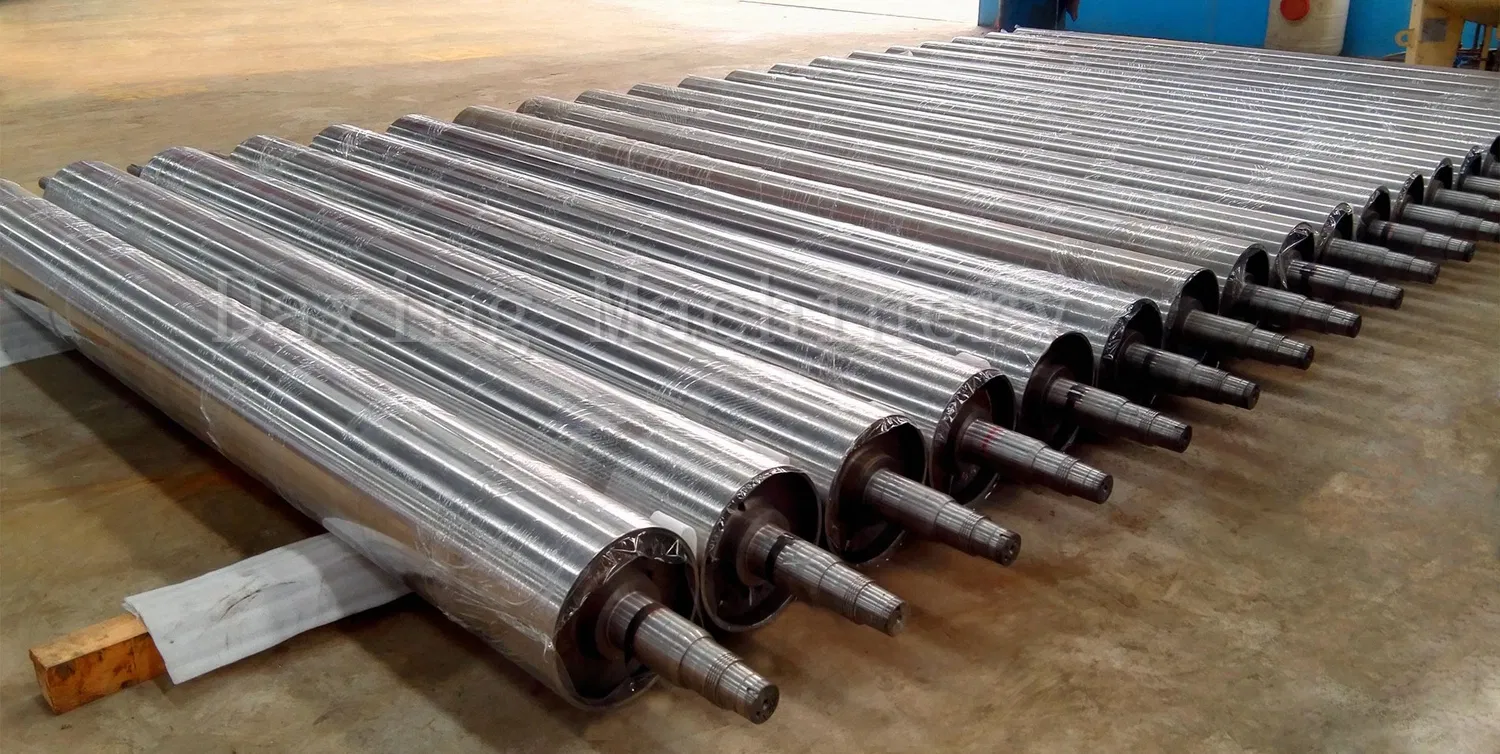Introduction
Choosing the right granite roll for your application can make or break your project. But with so many options available, it's easy to feel overwhelmed. In this article, we'll guide you through the process of specifying the perfect granite roll for your needs. So, let's dive in!
Understanding Your Application
Before you start looking at granite rolls, it's essential to understand your application's requirements. Ask yourself: what will the roll be used for? What kind of environment will it be operating in? And what are the performance expectations? The answers to these questions will help you narrow down your options.
Material Selection
When it comes to granite rolls, material selection is crucial. Granite is a popular choice due to its durability, stability, and resistance to wear and tear. But not all granites are created equal. For example, some types of granite may be more suitable for high-temperature applications, while others may be better for precision machining.
Size and Shape Considerations
Once you've selected the right material, it's time to think about size and shape. The size of your granite roll will depend on the width and thickness of the material you're working with, as well as the desired roll diameter. It's also essential to consider the roll's length-to-diameter ratio, which can impact its stability and performance.
Surface Finish and Tolerance
The surface finish and tolerance of your granite roll can significantly affect its performance and longevity. A smoother surface finish can help reduce friction and wear, while tighter tolerances can improve precision and accuracy. However, it's important to balance these factors with your application's requirements and budget.
Choosing the Right Surface Finish
When it comes to surface finish, there are several options to consider. A ground finish is often used for precision applications, while a honed finish can provide a smoother surface for better material flow. Polished finishes are typically used for decorative purposes, while a rough finish can help improve grip in certain applications.
Tolerance Considerations
Tolerances refer to the allowable deviation from the specified dimensions of your granite roll. Tighter tolerances can improve precision and accuracy, but they also come at a higher cost. It's essential to balance these factors with your application's requirements and budget.
Practical Application: 3 Actionable Tips
Now that you know the key factors to consider when specifying a granite roll, let's look at three actionable tips to help you make the right choice:
Conclusion
In conclusion, specifying the correct granite roll for your application is a critical decision that can impact your project's success. By understanding your application's requirements, considering material, size, surface finish, and tolerance, and following our practical tips, you can make an informed choice that meets your needs and budget.
Next Steps
Now that you know how to specify the correct granite roll for your application, it's time to take action. Contact a reputable supplier, discuss your requirements, and start exploring your options. With the right granite roll, you can improve your project's performance, accuracy, and longevity.



